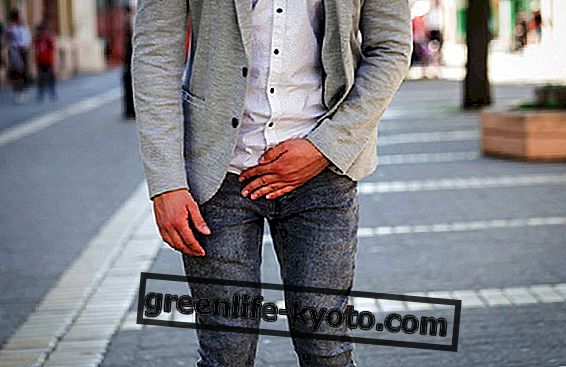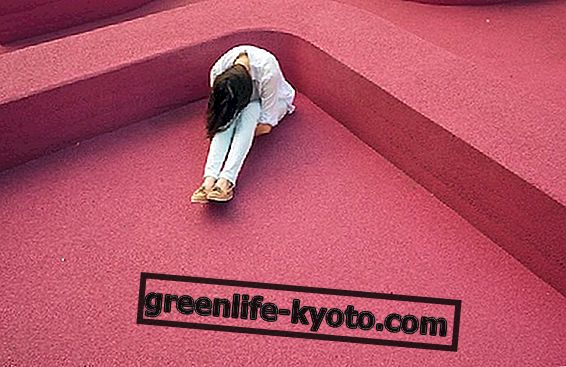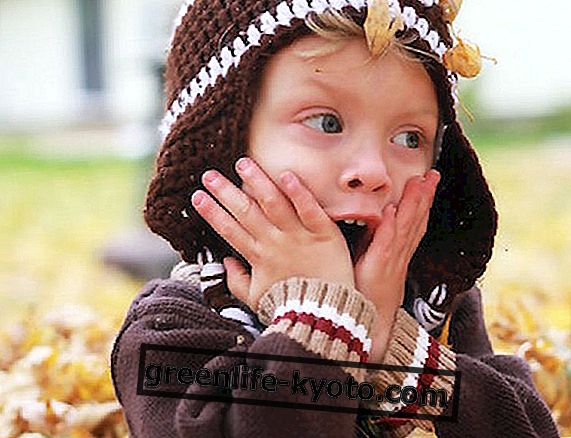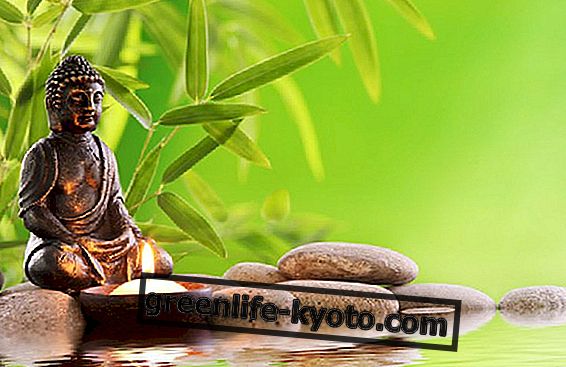
Sometimes it is not easy to find a school or a ninjitsu teacher, if only to understand what this art can still give today.
I met Edgar through some of my students and immediately perceived the quality of his teaching. We spent some time getting to know each other, reviewing videos of our fights, and organizing a martial arts event together in Asia.
In this way I understood how solid he is as a martial artist and I discovered better the world of ninjitsu, coming to understand not only how fascinating it is, but also how practical it can be. Here is his interview.
Edgar, tell us what it means to practice ninjitsu today. We know this art through films and legends that present the ninja as something almost magical. What's true?
Officially there are two recognized schools in the world that can say they practice and teach ninjitsu.
The aura of mysticism has always been accompanied by ninjitsu, but I believe that this perception of mystical art derives from what the enemy perceives from a well-done attack: since the victims do not understand the attack, they believe it is imbued with mysticism but it is not thus, it is only a question of mental control combined with some difficultly understandable trick that simple minds can explain only with the concept of "magic", a bit like what happens to conjurers who are called magicians.
An example: the fleeing ninja clings to a rope prepared by him, tied to a heavy boulder through a tree; while he is being chased, he cuts the rope and is projected onto the tree crown: for those who do not see the trick, the ninja has the ability to fly away.
So it's just tricks and athletics?
The mystical and spiritual aspects are different and should not be mixed . The spiritual aspect develops at the same time as the martial practice: body, mind and spirit must be in balance.
If you teach ninjitsu to a person who is not balanced, you create a murderer. Therefore: respect, competition, spirit of observation. In my ninjitsu the sense of hierarchical respect is very strong.
The only true mystical aspect is the kuji kiri, positions of the hands exactly like the mudras of yoga. They are ancient forms of curator acupressure, which can also activate some physical energies and therefore change their performance.
Who is approaching ninjitsu today? What can a modern martial artist draw from it?
Ninjitsu is not a sport, there is no competition aspect . A ninjitsu practitioner can be a great fighter but this is not his purpose. This is just one of the aspects studied.
Many people are interested, even the wrestlers, of course, because of the freedom, as it is not a martial art restricted by rules. Since there are no rules, we study a truly complete type of combat.
Probably, because of the laws, nowadays it is no longer so fully useful as in the ninja days, but many aspects are still excellent. For example, when fighting on the ground we do not use force but we press many points of pressure, and this is useful to everyone. You don't need to be super fit, even if you're overweight, if you're small, there are no physical limits, it's self-defense without limits : how life prevails in every situation puts you ahead.
How did you get to ninjitsu?
I started with taekwondo, which opens up the doors to the world of self- defense . I started martial arts because I was a victim, psychologically speaking, I was stuck, unable to defend myself.
But I didn't practice taekwondo for long: in my 12 years in India I also did karate, which gave me a solid foundation that I still use, and all my life I tried different martial arts, like the kalarypayattu in India and the muay thai in Thailand, where I won my last meeting in Kopipi Island.
Then, during a time when I wasn't training in Spain, I met with a friend in a bar, discovering by chance a little later that the owner of the place was a ninjitsu master.
I started a 13-year training course with him before taking the first dan, then I started the path to become a teacher, even though in ninjitsu the belts make little sense.
If an interested person wanted to start, who should he turn to to find a serious course?
The main school is the Bujinkan, where Iga and Koga ninjitsu are practiced, but there is also an excellent federation in the Canary Islands, the Bernard San Budo Ninjitsu, of which I am a member and my title is recognized by the Ministry of the Interior Spanish.
These schools have full support from Japan and the Japanese Emperor, as they worthily represent the Japanese arts abroad, and I am one of the 2 masters of this school officially recognized beyond my instructor.
Can anyone practice ninjitsu?
Ninjitsu is open to all but it is up to the master to give himself the freedom and responsibility to accept or not a student. Everyone can practice: males, females, children, overweight, underweight, but on one condition: demonstrating mental balance .
If you have serious problems with the drug or have a criminal past, you will almost certainly be discarded. Many come and go, as in all martial arts, only a few continue as a path of life .
Ninjitsu means a lot of discipline first of all, many techniques with hands, study of a series of weapons of which it is impossible to make a complete list, movements in combat, observation of the battlefield, how to behave under stress.
Ninjitsu teaches how to survive, the art of war as it was conceived in ancient times, how to set traps, how to get rid of ropes, how to hunt, how to survive in nature. Modern soldiers study advanced forms of ninjitsu, study how an attack is planned.
You cannot disconnect from these aspects of the martial art: the ninja knows how to prepare the ground for the battle, he knows how to psychologically destabilize the adversaries, often using also the ridicule or the provocation.













